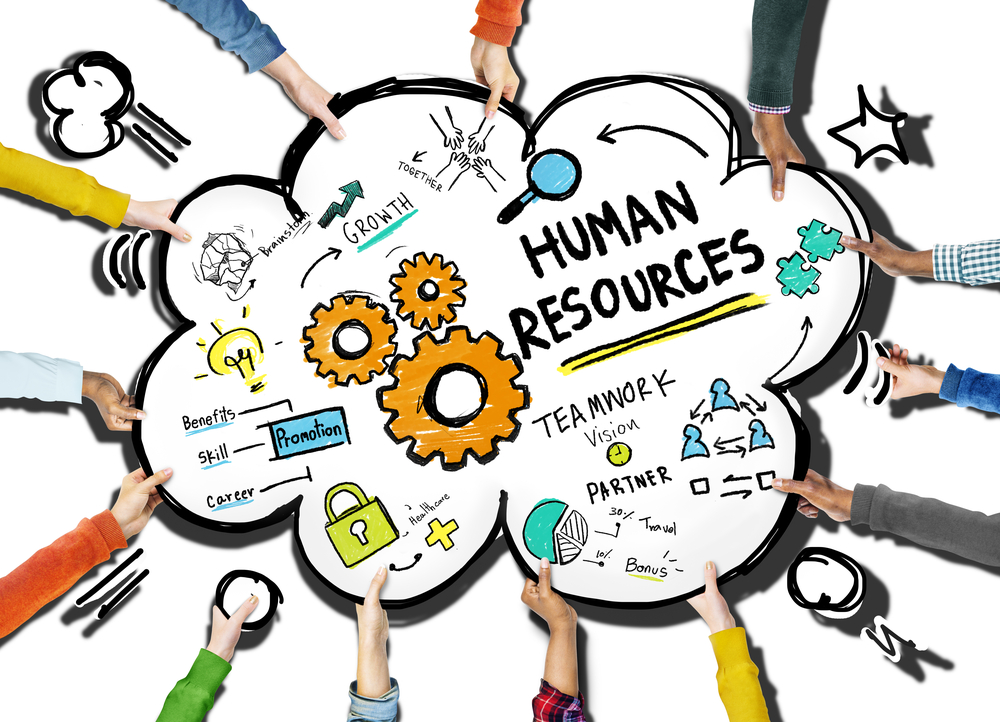
HCM Over Traditional HR: Why?
Human capital management (HCM) is a comprehensive system for the optimization of resources in an organization. Spread across workforce acquisition, management, and development, it views employees as investments and aims at maximizing business value through efficient resource allocation. Most HCM systems are now integrated with several software/applications, much like an HR update v2.0, if you will.
Common pain points
In order for HR to create positive impact, managers needs to have a bird’s eye view of everything from payroll and benefits management, to resource planning and self-service features. Unless all functions are coordinated and working in concert, operations will fall dangerously in the realm of trial and error. Some firms manage these in an isolated manner eliminating data flow and interpretation for better insights.
This leads us to the issue of visibility. Workforce data is often spread across several disparate platforms, and the effort required to bring it all together is labour intensive and time better spent elsewhere. In addition, each data source has unique metrics, data structures, and processes. Access to all data must be seamless, so that HR can work without running into inconsistencies such as multiple sign-ons, duplicate data entry, and incomplete reports. Additionally, using multiple systems increases the risk of error in compliance and analysis due to the lack of a central source of information.
How is HCM holistic?
A comprehensive system unifies your data on a single platform such that all stakeholders have access to the same information, enabling informed decisions. Such a system will have all of the features an organization needs; offering seamless integration with time and labour management applications already employed. This will improve the efficiency of the payroll process, reviews and approval. Coupled with other areas of the HCM, you can centralize all employee data, making it easy to access information from offices around the world.
Furthermore, a powerful visualisation tool, such as a dashboard, can be a one-stop shop for your organization’s internal and external data. Decision makers can gain insight into their workforce and create benchmarks across the company.
Key metrics that HR has traditionally relied on – Accurate Headcount (Pending Job Requisitions, Pending Terminations); Turnover Comparison by Year (Running Count, Actual Count, Hired Count, etc.); Time to Fill Open Requisitions – are being replaced by streamlined business intelligence and a better user experience.
If used correctly, they can help combat retention issues, and offer employee satisfaction through clear-cut solutions for career advancement, skill development, benefit adjustments, and mentoring.
The final word
The value an individual brings to your organization cannot be computed unless the technology is capable of assimilating, interpreting and communicating data robustly. By connecting all HR management functions, the true value of your workforce can be discovered.


